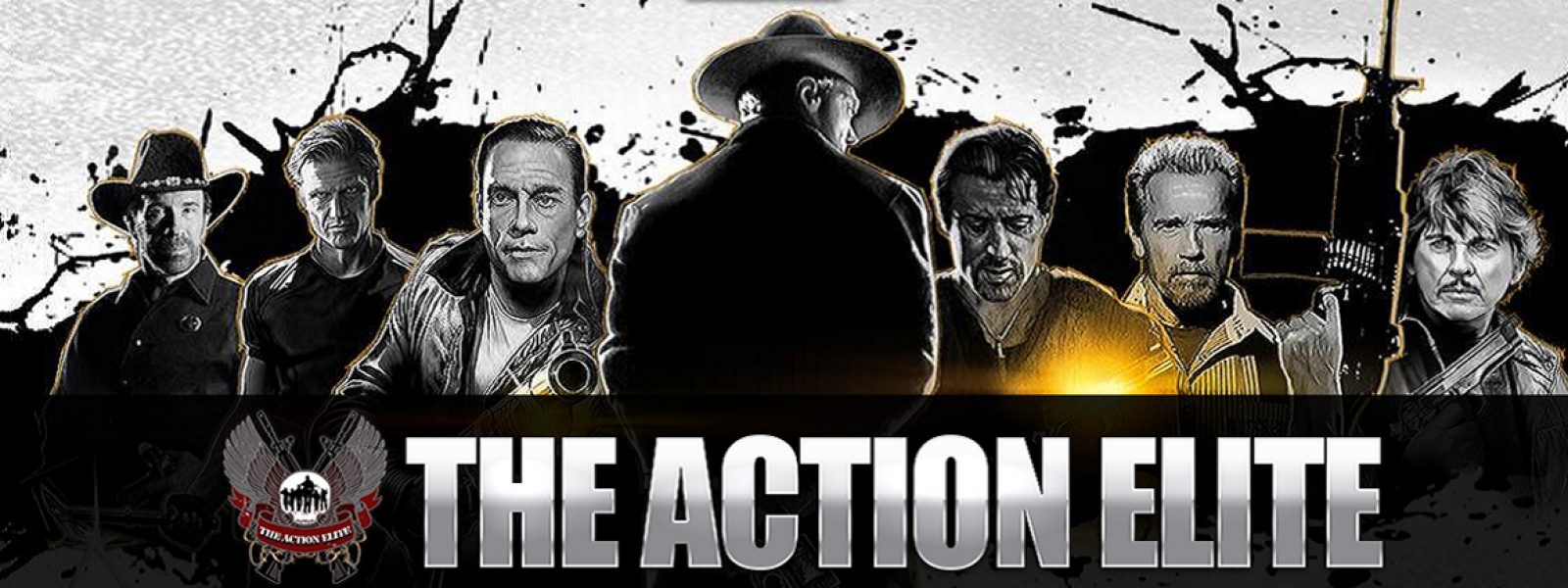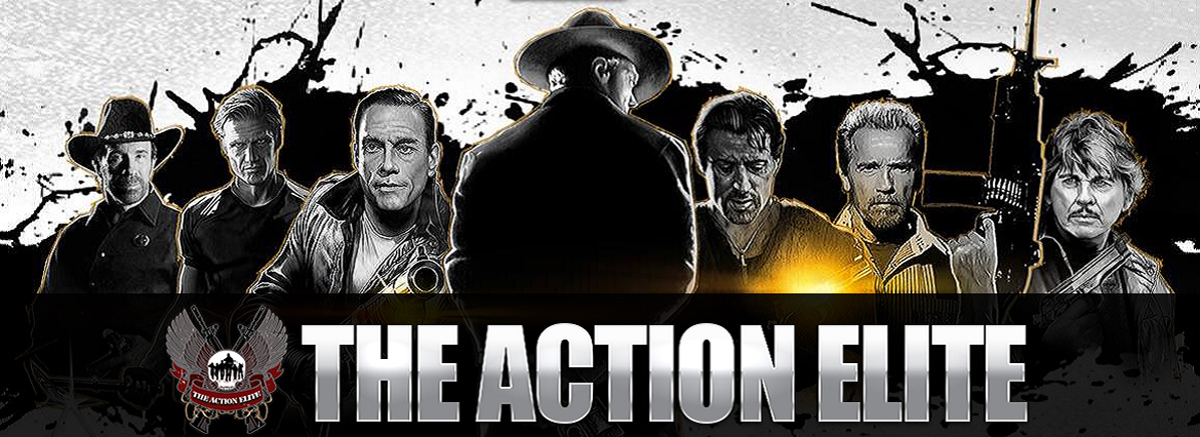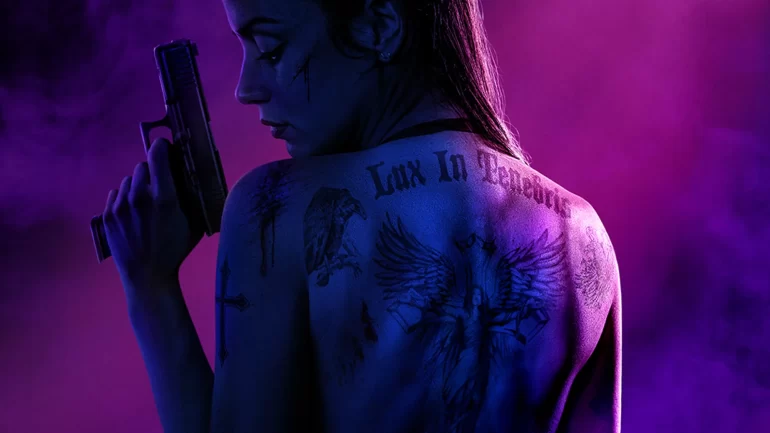Dance is an integral component of cinematic storytelling, conveying emotion and narrative through movement. From musicals to dramatic films, choreography brings memorable scenes to life.
However, only the best dance schools produce performers capable of meeting the movie industry’s demands. Such institutions train versatile artists, improve production quality and shape cultural narratives.
The Role of Dance in Cinema
Dance expresses what words cannot. In films like La La Land and West Side Story, movement carries the story forward.
Even non-musicals use dance to build character. Black Swan and The Greatest Showman rely on choreography to deepen emotional impact.
When done poorly, dance can break the viewer’s immersion. Amateur routines distract from the story. That’s why top dance schools matter. They train performers to deliver seamless, polished performances.
Why Quality Matters
- Authenticity: Trained dancers embody characters convincingly, grounding scenes in reality.
- Emotional impact: Skilled movement amplifies a scene’s emotional resonance.
- Visual appeal: Clean choreography creates powerful visuals.
- Consistency: High-level training builds cohesion in group sequences.
- Audience engagement: High-quality dance keeps viewers immersed in the story.
Building Versatile Performers
Top dance schools like Metropolitan School of Dance Dublin teach more than steps. They develop artists who combine technique and adaptability. Film dancers must inhabit their characters while performing complex routines.
Take Step Up. Its success comes from dancers who fuse raw energy with polished technique. A dancer trained in ballet may switch to contemporary or salsa, depending on the scene. This flexibility saves the production team time and money.
Dance schools also train dancers to emote through movement. In Chicago, the sultry routines demanded confidence and subtle menace. Only well-coached dancers can deliver that nuance.
Upgrading Production Quality
Top-tier schools affect the overall production. Dance for film requires spatial awareness and coordination with directors and cinematographers. Well-trained dancers arrive on set ready, reducing rehearsal time and budget strain.
Here are some production benefits you can expect:
- Efficiency: Trained dancers quickly pick up routines, keeping filming on schedule.
- Professionalism: They follow directions effectively and integrate well into the team.
- Safety: Proper technique lowers the risk of injury.
- Technical precision: Movements align with cinematic needs.
- Cost savings: Fewer mistakes mean fewer retakes.
On a film set, dancers must also understand the basics of camera work. Movements need to suit wide shots and close-ups. The best dance schools help performers adapt choreography for the screen.
Shaping Cultural Narratives
Dance in film doesn’t just entertain. It also reflects and shapes society. From Fred Astaire’s tap to You Got Served’s street battles, dance showcases cultural shifts.
Top schools protect traditional forms while showcasing new ones. That balance keeps cultural portrayals authentic.
For instance, Bollywood films often include classical Indian styles such as Bharatanatyam. Dance schools make sure those depictions stay respectful and accurate. Similarly, Save the Last Dance brought hip-hop and ballet to new audiences, thanks to well-rounded dancers.
Dance schools impact cultures all over the world through:
- Preservation: The best dance schools keep traditional forms alive on screen.
- Innovation: These institutions push dance forward by mixing styles.
- Representation: Trained dancers portray cultures with respect and dignity.
- Global reach: Diverse talent meets the demands of international audiences.
- Cultural dialogue: Dance becomes a bridge between communities.
Promoting Collaboration and Innovation
The movie industry relies on collaboration. Directors, cinematographers, and choreographers must align their visions for cohesive scenes.
Graduates from top dance schools do well in this environment, adapting to technical sets and diverse crews. Their training emphasises teamwork, making sure dance sequences perfectly integrate with other production elements.
Great dance schools also drive innovation. They encourage students to experiment with new styles and technologies, such as motion capture for CGI-heavy films. This adaptability prepares dancers for futuristic projects, such as virtual reality cinema.
Additionally, dance schools create networks of talent. They connect alumni who become choreographers, directors, or stunt coordinators, simplifying the casting and production process.
The Risk of Lesser Schools
Not every dance school prepares students for film. Lesser institutions may lack the training or variety needed. Performers from these schools might struggle with versatility or emotional expression.
Directors then face hard choices: either cast multiple dancers for different styles or settle for lower quality. Both options increase cost and reduce cohesion.
Top dance schools offer top-notch training across genres. Their students learn from world-class instructors and use professional-grade facilities. That preparation makes them reliable on set.
The Economic Argument
Hiring elite talent is cost-effective in the long run. Though their rates may be higher, the benefits outweigh the expense. Faster rehearsals, fewer retakes and dependable performances all reduce budget waste.
Consider La La Land’s opening scene on the highway. Dozens of dancers needed to perform flawlessly. Only highly trained professionals can handle that level of pressure.
Well-executed choreography also draws audiences. Dirty Dancing became a cultural icon thanks to its standout dance scenes. Investing in talent from top schools contributes to a film’s success, both artistically and financially.
The Future of Dance in Film
As technology evolves, so does dance in film. Virtual reality and AI are reshaping how movement appears on-screen. Leading dance schools prepare students for these innovations, teaching them to work in digital environments.
Streaming platforms now reach global audiences. Films must reflect a broader range of cultures. Schools that teach international dance styles are necessary to meet this demand. Their graduates bring authenticity and fresh perspectives to the screen.
From Studio to Screen: How Dance Schools Shape Movie Mastery
Dance is the heartbeat of many films. It expresses what words can’t. It energises stories and moves audiences. Behind every brilliant dance sequence on screen is a long journey of sweat, struggle, and schooling.
The best dance schools aren’t just optional, but necessary. They create the performers, choreographers, and visionaries who bring cinematic stories to life. Without them, the movie industry would lose one of its most dynamic and expressive tools.
So the next time you watch a dance scene that takes your breath away, remember: it didn’t start on a soundstage. It began in a studio, where excellence was expected and talent was shaped. That’s why the best dance schools will always be the backbone of the movie industry.






